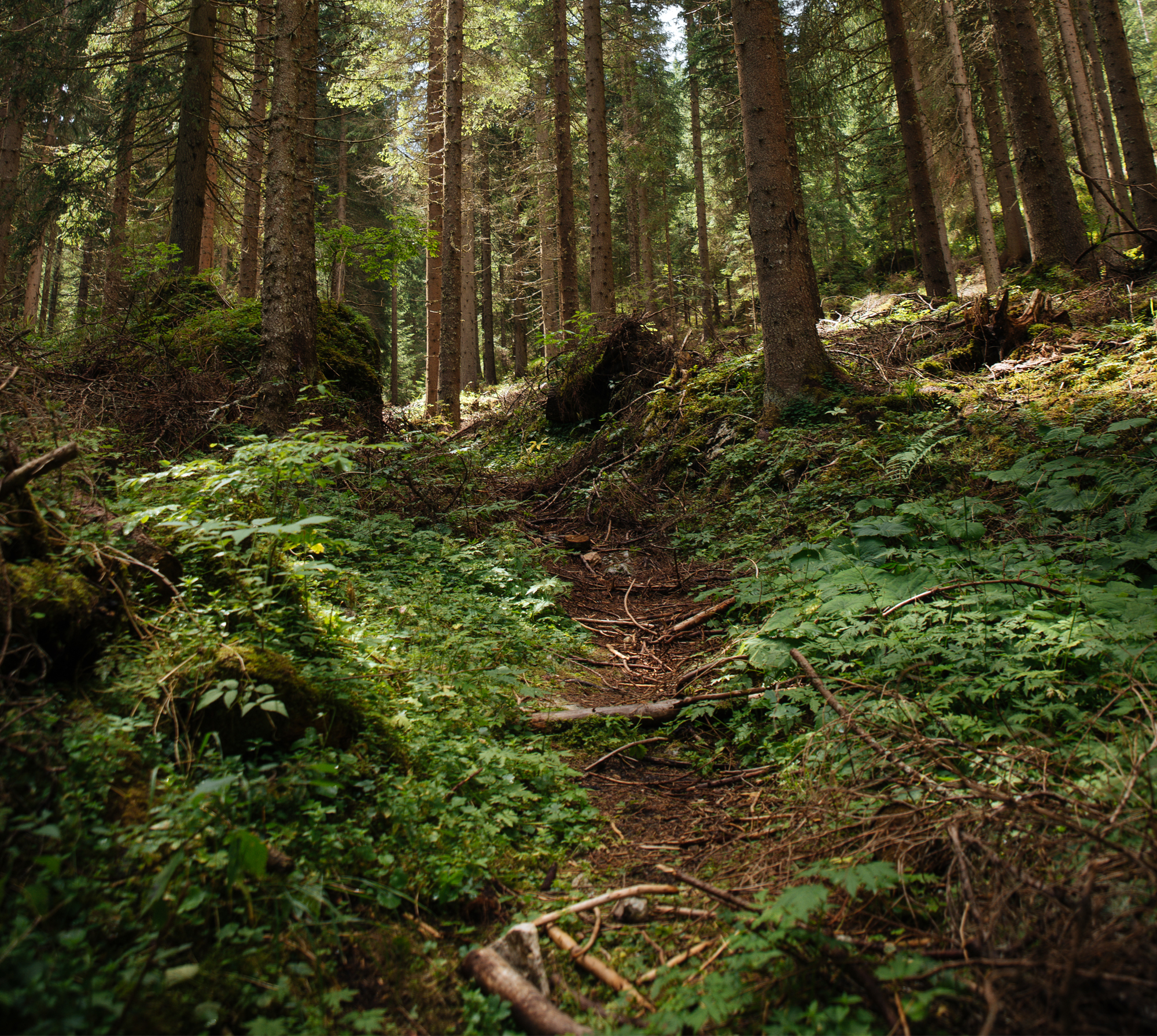
Wpływ różnych wariantów selekcji indeksowej na zmienność genetyczną i zysk genetyczny populacji hodowlanej sosny zwyczajnej
The impact of different selection methods on genetic diversity and genetic gain of the Scots pine breeding population
Autorzy
-
Jan Kowalczyk
Instytut Badawczy Leśnictwa, Zakład Hodowli Lasu i Genetyki Drzew Leśnych
ul. Braci Leśnej 3, Sękocin Stary, 05-090 Raszyn -
Maksims Filipovičs
Instytut Badawczy Leśnictwa, Zakład Genetyki i Fizjologii Drzew Leśnych,
Sękocin Stary, 05-090, Raszyn
Abstrakt
Studies were carried out in experimental plot with open pollinated Scots pine families located in Rytel Forest District. The experiment was established in 2004 in single tree plot design. One-year old seedlings from 151 families were planted using spacing 1.5×1.5 m in total number of 12,446. All seedlings were labeled.
In the field, height and last years height increment of the all trees were measured and stem straightness was scored. According to collected data, 4 index selections were calculated: phenotypic, individual tree, family and combined. Selections were done with several intensities from 1% to 30% on the basis of index values. Effective families number was calculated as parameters describing genetic diversity of breeding population.
Optimal value of selection intensity that balances gain and diversity ranged out from 8 up to 43 percent across all selection methods. The average gain amounted from the 35% to 4% depending on the method. Obtained results demonstrated that combined selection provided the biggest genetic gain. Family selection is limiting the genetic diversity in the breeding population, the most. Individual selection (mass) is assuring the biggest genetic diversity out of genotypic selection methods. Phenotypic selection in those conditions gave results similar to mass selection. If the aim to keep the genetic diversity is a priority, individual selection is being recommended. Combined selection is recommended if genetic gain is the priority.
Słowa kluczowe
| DOI | |
|---|---|
| Source | |
| Print ISSN | |
| Online ISSN |
|
| Type of article |
|
| Original title |
|
| Publisher | |
| Date | |

